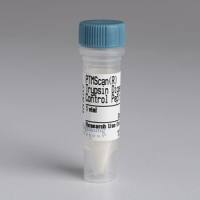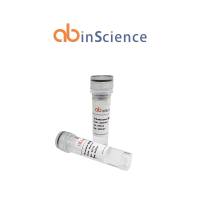Oocytes as an Expression System for Studying Receptor/Channel Targets of Drugs and Pesticides
互联网
572
The Xenopus laevis oocyte offers one of the most convenient expression systems for assaying the actions of candidate ligands on cloned ionotropic neurotransmitter receptors (also known as ligand-gated ion channels [LGICs]). Their large size makes injection of complementary ribonucleic acid or complementary deoxyribonucleic acid and electro-physiological recording very easy. Furthermore, Xenopus oocytes translate messages very efficiently, resulting in the detection of large-amplitude ligand-induced currents from expressed, recombinant LGICs. Compared to other electrophysiological techniques, recording from oocytes is not difficult and requires only a basic electrophysiological recording setup. Oocytes can be used for two-electrode voltage clamp, as well as cell-attached patch and inside- or outside-out patch clamp recordings. A variety of protocols allows the experimenter to determine the actions of ligands on cloned receptors and parameters, such as their affinity, efficacy, rates of association and desensitization, and reversibility, to be estimated. Here, we present protocols for using Xenopus oocytes in assaying candidate ligands acting against cloned targets of drugs and pesticides.









